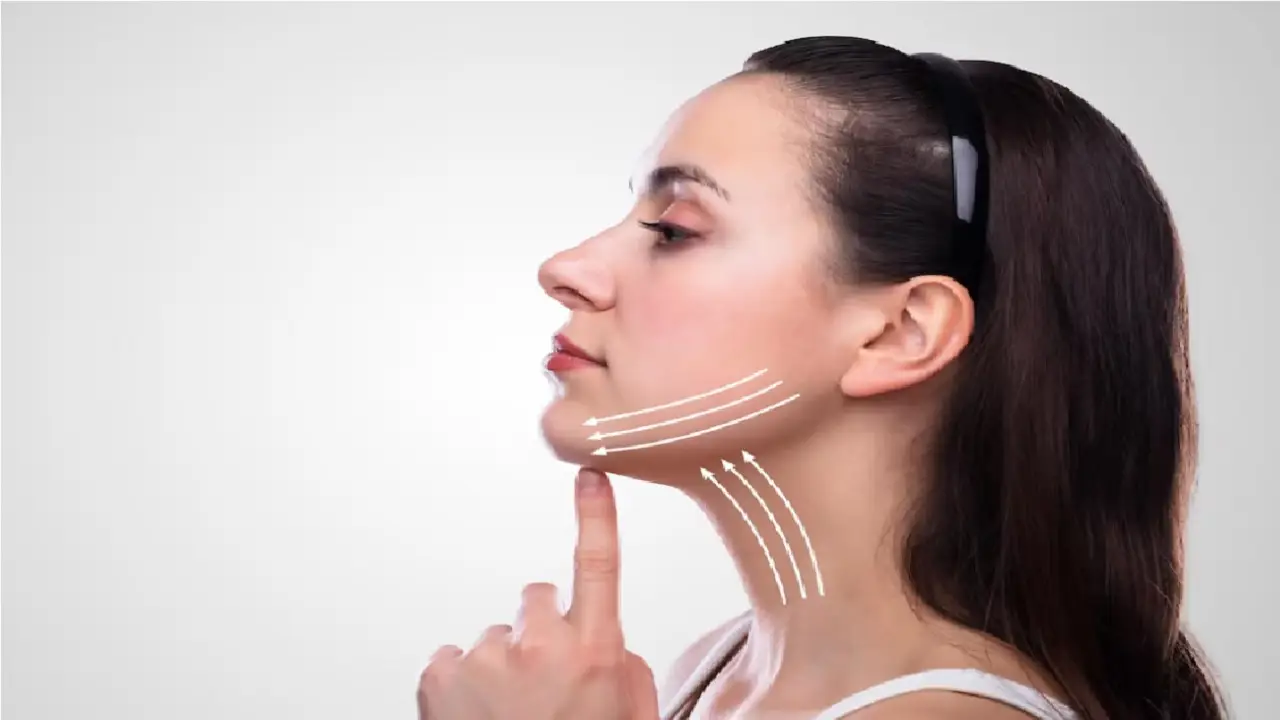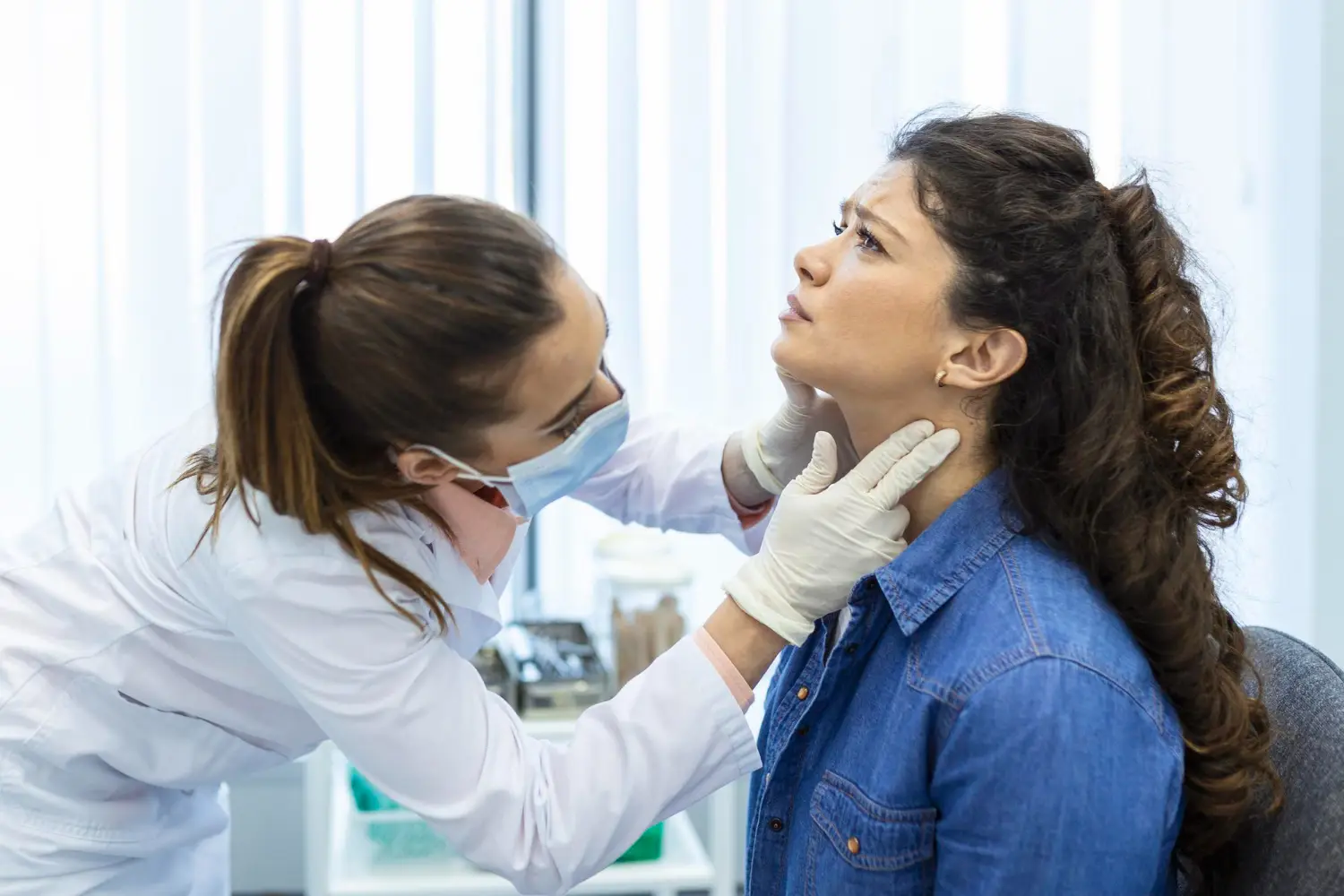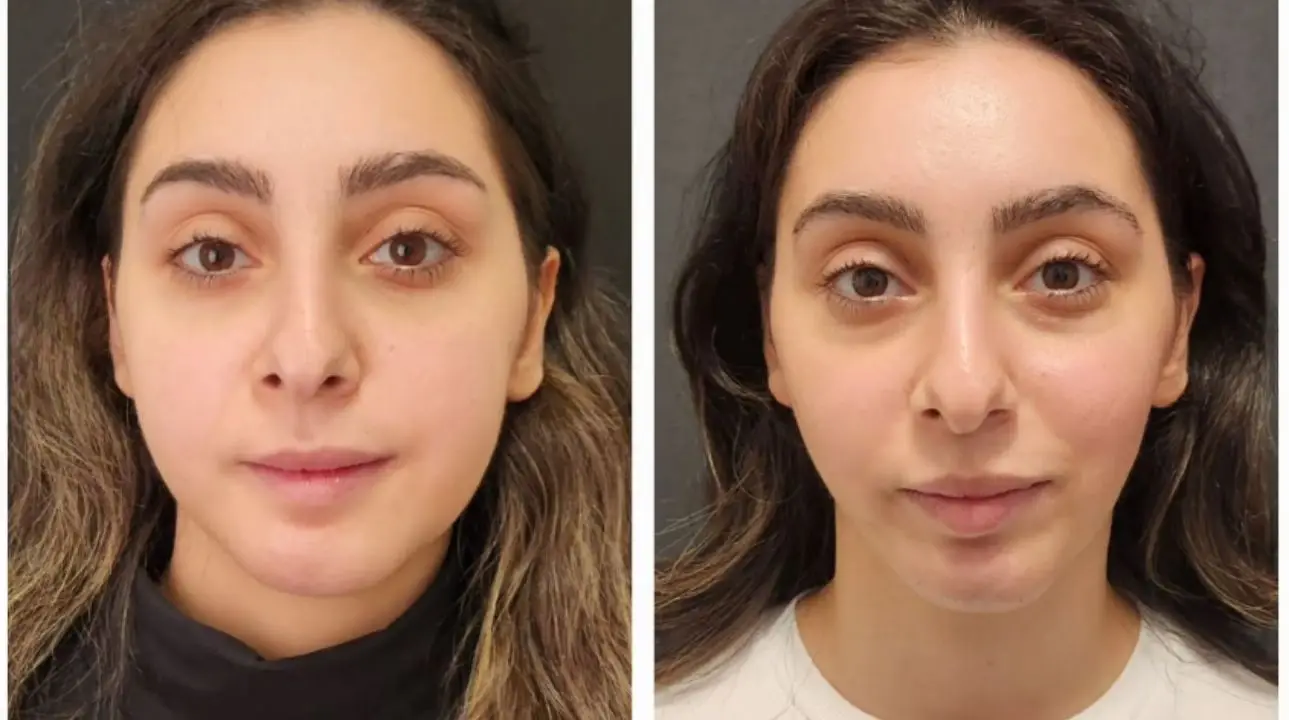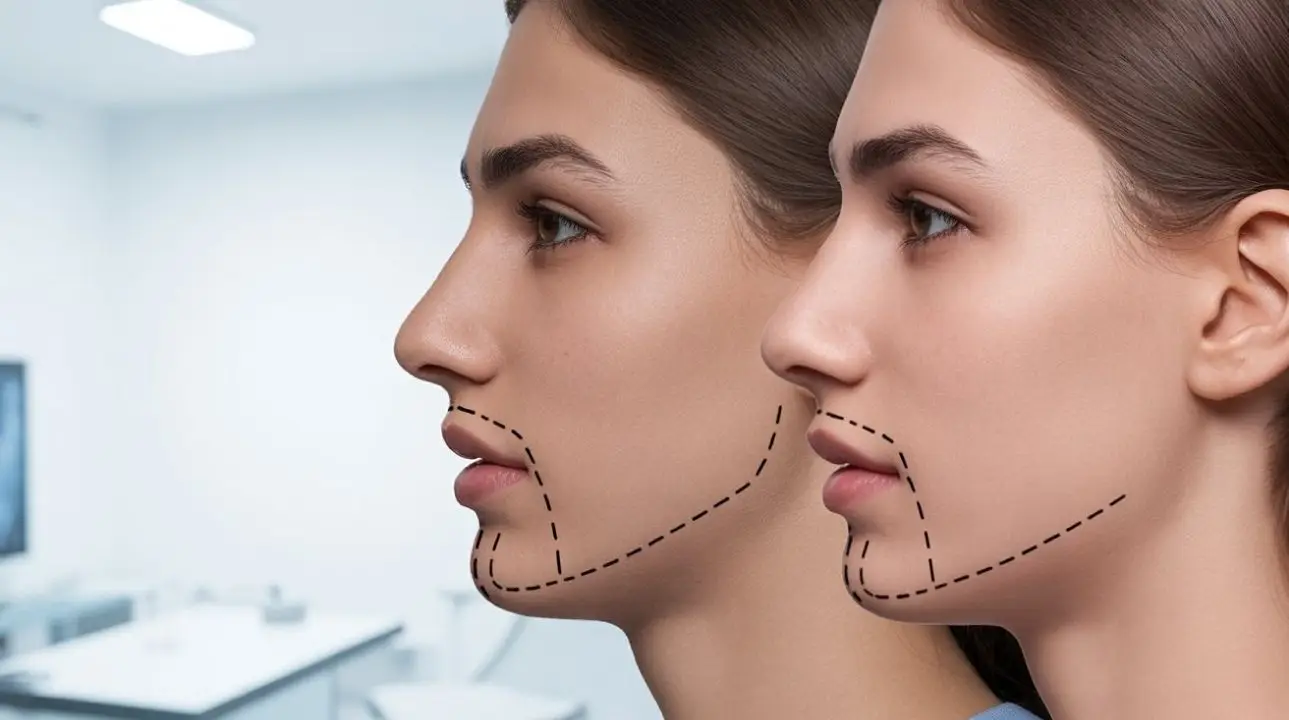Bimaxillary osteotomy is a highly advanced surgical procedure used to correct severe jaw misalignments, improve facial aesthetics, and restore proper oral function Facial symmetry and jaw function play a significant role in both health and appearance. When a patient suffers from severe misalignment of the jaws, traditional orthodontics alone may not provide the correction needed.
In such cases, a bimaxillary osteotomy (Double Jaw Surgery), also known as double jaw surgery, can provide life-changing results. This advanced surgical procedure is designed to correct deformities of both the upper (maxilla) and lower (mandible) jaws, restoring harmony to the face while improving functionality.
At CelalCandirli.com, we aim to provide patients with clear, reliable information about surgical solutions that improve both quality of life and self-confidence. In this guide, you will discover what a bimaxillary osteotomy involves, who it is for, how it is performed, and what to expect throughout the treatment journey.

What is Bimaxillary Osteotomy?
Bimaxillary osteotomy is a type of orthognathic surgery performed when both the upper and lower jaws are misaligned. Unlike minor dental corrections, this procedure addresses skeletal discrepancies, ensuring that the jaws function correctly and the face appears balanced.
The surgery involves cutting and repositioning the maxilla and mandible to achieve proper alignment. This not only enhances the bite and chewing function but also brings significant improvement in facial aesthetics. For many patients, the transformation after a bimaxillary osteotomy is both physical and emotional, as it resolves long-standing issues that braces or dental appliances could not fix alone.
What Are Conditions Treated with Bimaxillary Osteotomy?
Bimaxillary osteotomy is recommended for patients with moderate to severe jaw irregularities. These conditions can cause both functional difficulties and aesthetic concerns. Common indications include:
| Condition | Description | Why Surgery Helps |
| Class II Malocclusion (Overbite) | The upper jaw significantly protrudes forward. | Corrects bite alignment, improves chewing and facial balance. |
| Class III Malocclusion (Underbite) | The lower jaw extends beyond the upper jaw. | Restores proper occlusion, enhances aesthetics, and prevents uneven wear on teeth. |
| Open Bite | Upper and lower teeth do not meet when the mouth is closed. | Improves ability to chew, speak, and smile naturally. |
| Crossbite / Facial Asymmetry | Jaws are misaligned, causing uneven facial proportions. | Achieves facial harmony and symmetry, boosting confidence. |
| Obstructive Sleep Apnea | Restricted airway due to jaw positioning. | Expands airway space, reducing breathing difficulties and improving sleep quality. |
By addressing these conditions, a bimaxillary osteotomy not only improves oral health but also prevents secondary issues such as speech difficulties, jaw pain, and chronic discomfort.
The Surgical Process of Double Jaw Surgery (Bimaxillary Osteotomy)
The surgical process of a bimaxillary osteotomy involves meticulous planning, advanced surgical techniques, and close post-operative care to achieve both functional and aesthetic improvements. From pre-surgical imaging and virtual planning to the precise repositioning of the jaws in the operating room, every step is designed to enhance bite alignment, facial balance, and long-term stability. Understanding what happens before, during, and after surgery helps patients prepare both physically and mentally for this transformative procedure.
Pre-Surgical Planning of Bimaxillary Osteotomy Operation
Before the procedure, patients undergo an in-depth evaluation that includes dental impressions, X-rays, 3D imaging, and virtual surgical planning. This stage is critical in determining the precise repositioning of the jaws to ensure optimal results.
The Bimaxillary Osteotomy Surgery Itself
The operation is performed under general anesthesia in a hospital setting. Small incisions are made inside the mouth to access the jawbones, minimizing visible scarring. The surgeon carefully cuts and repositions the maxilla and mandible, securing them with titanium plates and screws. Depending on complexity, the surgery typically lasts between 3 to 6 hours.
Hospital Stay for Bimaxillary Osteotomy
Patients usually stay in the hospital for 2–4 days for observation and initial recovery. During this time, the medical team closely monitors healing, manages pain, and ensures that the patient is comfortable.
Recovery After Bimaxillary Osteotomy
Recovery is a gradual process that requires patience and proper care. Immediately after surgery, swelling, bruising, and mild discomfort are expected. These symptoms typically improve significantly within two weeks.
Patients may need to follow a soft or liquid diet for the first few weeks while the jaws heal. Gradual return to normal eating occurs over 6–8 weeks. Regular follow-up visits with the surgeon are crucial to monitor healing and make any necessary adjustments.
Full recovery, including complete bone healing and final facial settling, may take up to 6–12 months. Most patients, however, begin to enjoy noticeable improvements in function and appearance within the first few weeks.
Related Blog: What is a Zygomatic Implant?
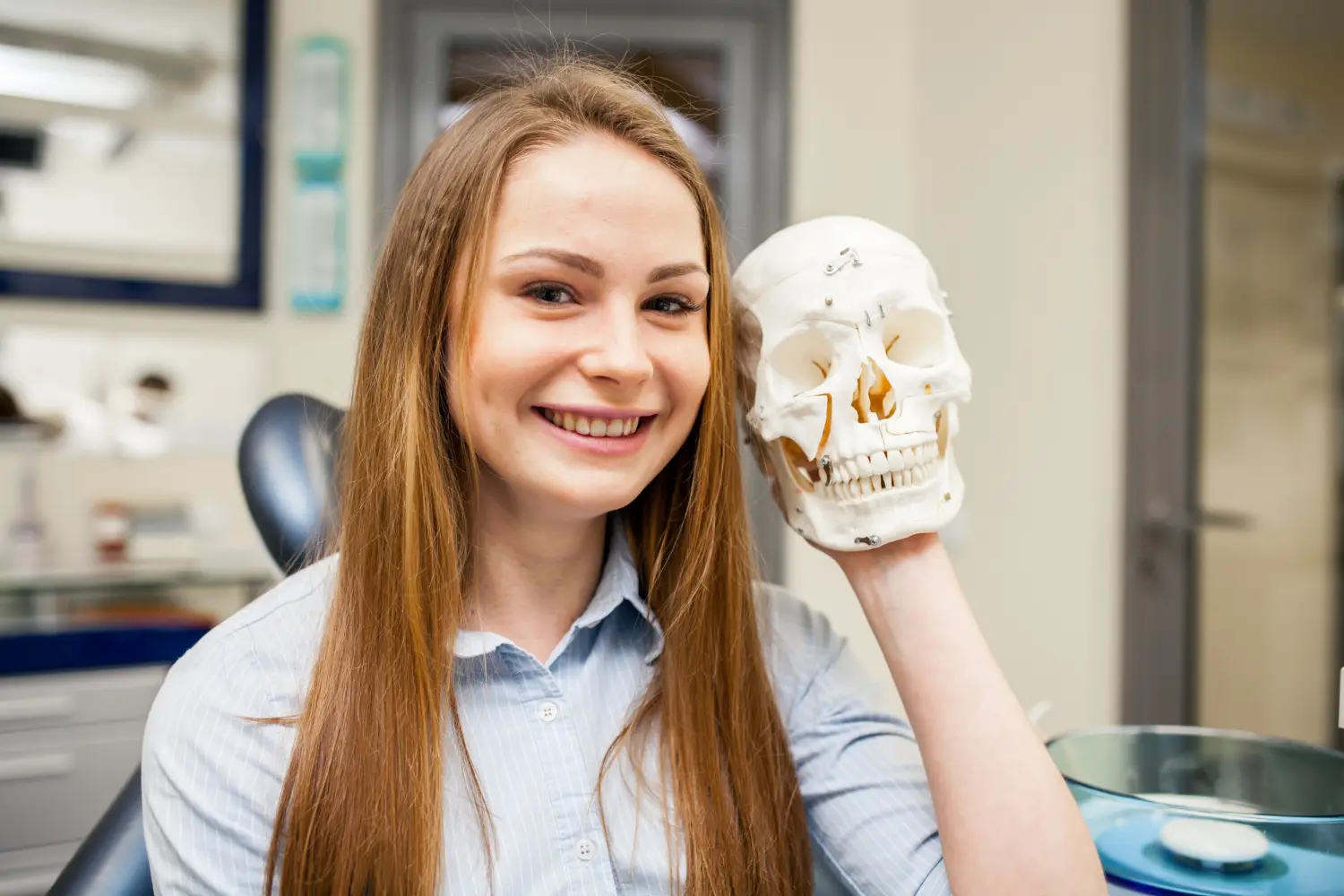
Benefits of Bimaxillary Osteotomy
The impact of this procedure goes far beyond jaw alignment. Patients who undergo bimaxillary osteotomy experience multiple benefits:
|
Benefit of Bimaxillary Osteotomy |
Description |
| Improved Functionality | Correcting the bite enhances chewing efficiency, improves speech clarity, and supports better breathing. |
| Enhanced Facial Aesthetics | The surgery restores facial balance, symmetry, and proportion, leading to a more harmonious appearance. |
| Long-Term Results | With proper post-operative care, the results are permanent, providing lasting stability and confidence. |
| Relief from Chronic Symptoms | Many patients experience reduced jaw pain, fewer headaches, and better sleep quality after surgery. |
| Boost in Confidence and Quality of Life | Beyond physical improvements, patients report higher self-esteem and improved social interactions. |
What Are Risks and Considerations of Bimaxillary Osteotomy?
Like any surgical procedure, bimaxillary osteotomy carries some risks. These may include bleeding, infection, nerve injury leading to temporary or permanent numbness, or issues with bone healing. However, when performed by an experienced specialist such as Prof. Dr. Celal Çandırlı, the risks are minimized, and the likelihood of success is greatly enhanced.
It is also important for patients to follow postoperative instructions carefully. Compliance with dietary restrictions, oral hygiene, and scheduled check-ups plays a significant role in achieving the best outcomes.
Why Choose Prof. Dr. Celal Çandırlı for Bimaxillary Osteotomy?
When considering complex procedures like bimaxillary osteotomy, choosing the right surgeon is critical. Prof. Dr. Celal Çandırlı is a highly respected expert in oral, maxillofacial, and craniomaxillofacial surgery, with extensive experience in orthognathic and reconstructive procedures. His meticulous approach, combined with advanced technology and personalized treatment planning, ensures both safety and excellence in results.
At CelalCandirli.com, patients can access world-class care in a professional, supportive environment. The clinic prioritizes not only surgical precision but also patient comfort and long-term satisfaction.
Frequently Asked Questions About Bimaxillary Osteotomy
Every patient’s path to jaw correction is unique. From the initial consultation to the final follow-up, you will be guided through every stage with clear communication and dedicated care. Prof. Dr. Çandırlı and his team ensure that you are fully informed, comfortable, and confident about your treatment plan.
If you are experiencing difficulties with your bite, jaw function, or facial symmetry, it may be time to explore the benefits of bimaxillary osteotomy. Contact CelalCandirli.com today to schedule your consultation and take the first step toward a healthier, more confident smile.
Is bimaxillary osteotomy painful?
Like any major surgery, some discomfort is expected after the operation. However, pain is usually well controlled with prescribed medications. Most patients report that swelling and tightness are more noticeable than actual pain.
How long does recovery from bimaxillary osteotomy take?
Initial recovery takes about 2–3 weeks, during which swelling and bruising decrease significantly. However, full bone healing and final facial settling may take 6–12 months.
Will there be visible scars after double jaw surgery?
No, in most cases there are no visible scars. The incisions are made inside the mouth, which means scars are hidden and not noticeable.
Can I eat normally after bimaxillary osteotomy?
Patients typically follow a liquid or soft diet for the first few weeks. Gradually, normal eating resumes after 6–8 weeks, depending on healing progress.
Who is a good candidate for bimaxillary osteotomy?
Ideal candidates are patients with severe jaw misalignments, such as underbite, overbite, open bite, crossbite, or facial asymmetry that cannot be corrected with orthodontics alone.
Are the results of bimaxillary osteotomy permanent?
Yes. With proper care, the results are stable and long-lasting. Once the bones heal in their new position, improvements in function and aesthetics remain for life.
What are the risks of bimaxillary osteotomy?
Possible risks include bleeding, infection, nerve numbness, or issues with bone healing. However, when performed by an experienced surgeon, such risks are minimized.
Does bimaxillary osteotomy also improve sleep apnea?
Yes, in selected cases. By repositioning the jaws, the airway space can be enlarged, which helps patients suffering from obstructive sleep apnea.
How long does the surgery take?
On average, a bimaxillary osteotomy lasts between 3–6 hours, depending on the complexity of the case.
Why should I choose Prof. Dr. Celal Çandırlı for my surgery?
Prof. Dr. Celal Çandırlı is a leading expert in oral, maxillofacial, and craniomaxillofacial surgery with years of experience in complex orthognathic procedures. His expertise, combined with advanced technology and personalized care, ensures excellent outcomes with high safety standards.

